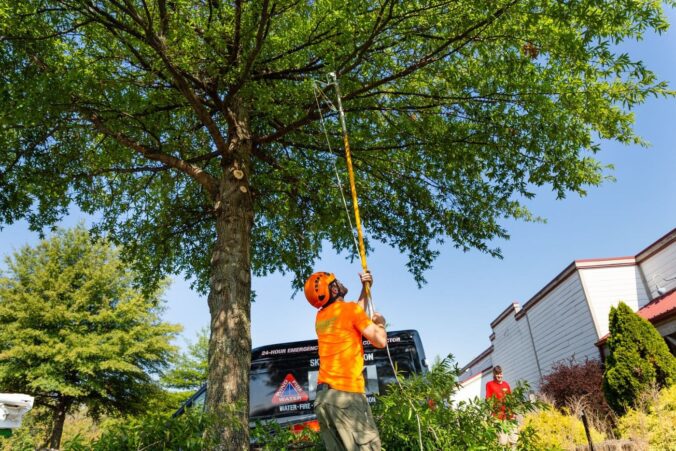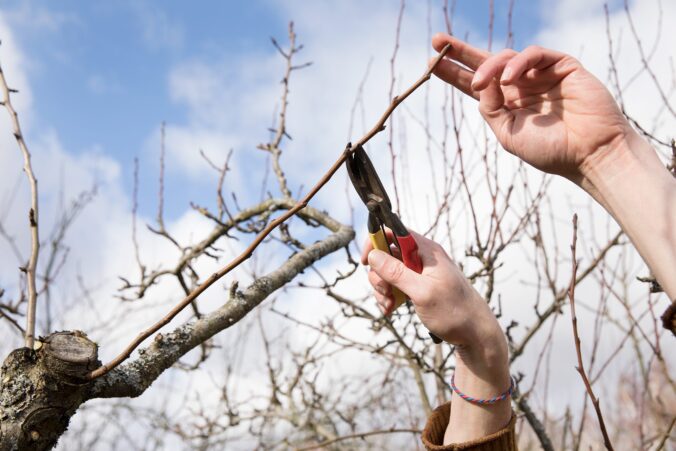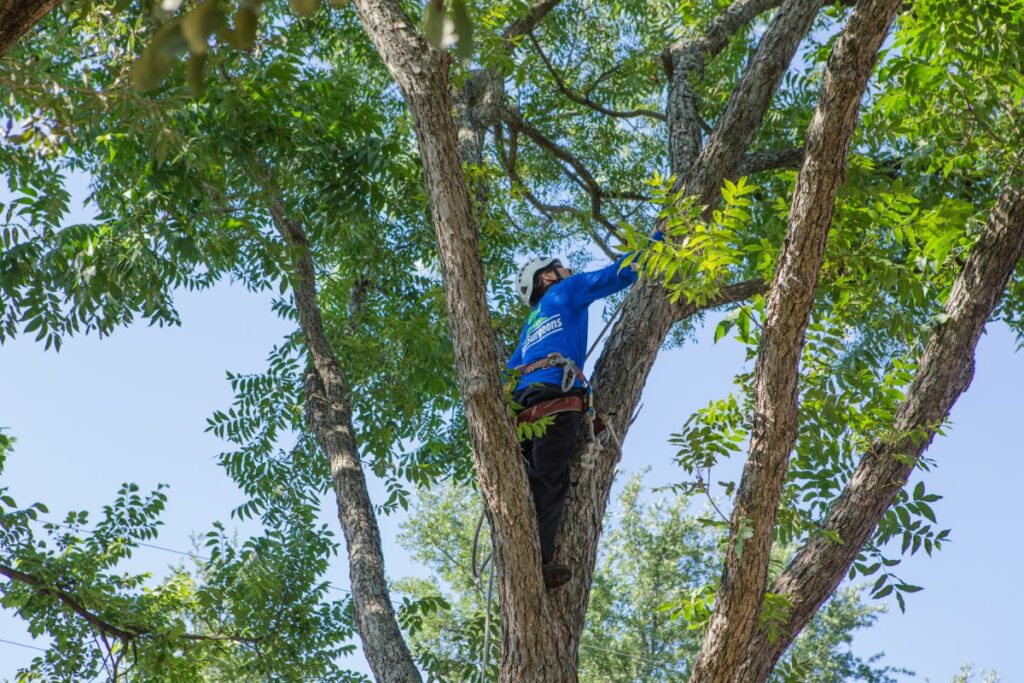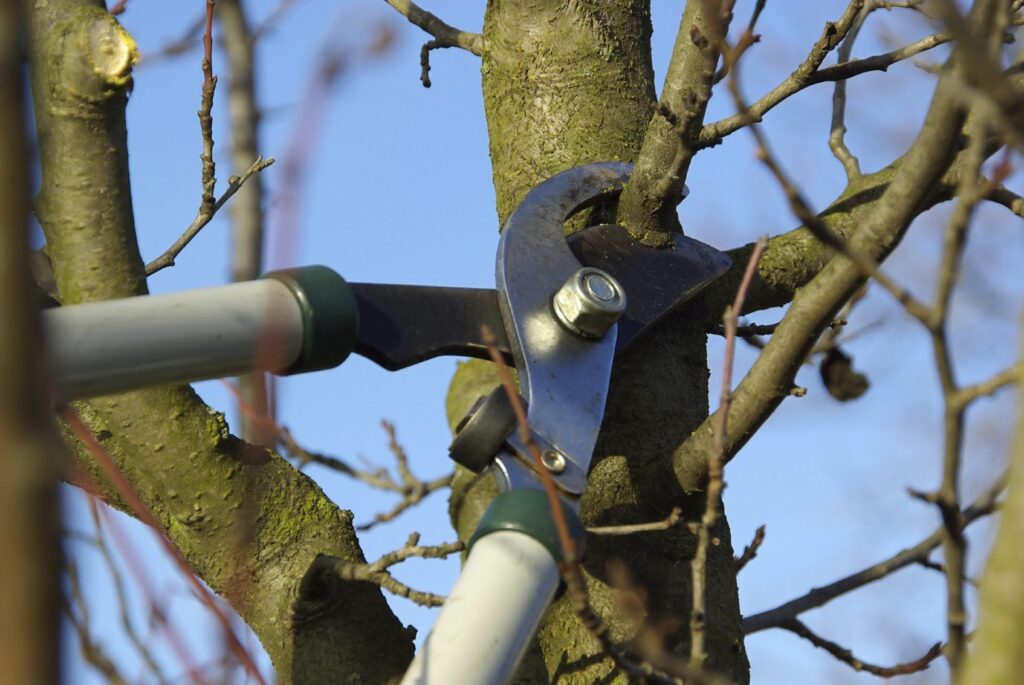Tree pruning is an essential part of maintaining the health and beauty of your trees. It involves the careful removal of specific branches or parts of a tree to enhance its structure, appearance, and overall well-being. However, before deciding to invest in this service, it’s important to understand the factors that influence the cost and the average prices you can expect to pay.
So, let’s dive into the world of tree pruning and explore the different aspects that determine tree pruning cost.
Understanding Tree Pruning
Tree pruning is not just about shaping trees to make them visually appealing; it serves various purposes that directly impact the tree’s growth and lifespan. Pruning helps in removing dead or diseased branches, thinning the canopy to allow more air and sunlight penetration, improving tree structure, and promoting overall tree health. It’s a delicate process that requires expertise and knowledge of different tree pruning techniques.
The Importance of Tree Pruning
Proper tree pruning is crucial for maintaining the beauty and longevity of your trees. By removing dead or dying branches, you prevent them from falling and causing property damage or injuring people. Pruning also helps in reducing the risk of disease and pest infestation by improving air circulation and sunlight exposure, which promotes the tree’s natural defense mechanisms. Additionally, well-pruned trees are less likely to suffer from storm damage or structural failure, making them safer and more resilient.
Different Types of Tree Pruning Techniques
Tree pruning techniques vary depending on the specific needs of the tree and the desired outcome. Some common techniques include:
Crown cleaning
This involves the removal of dead, diseased, or broken branches.
Crown thinning
It entails selectively removing branches within the canopy to improve airflow and sunlight penetration.
Crown raising
This technique involves the removal of lower branches to provide clearance for buildings, vehicles, or pedestrians.
Crown reduction
It’s done to minimize the height or spread of a tree by selectively removing larger branches.
The specific techniques employed will depend on the tree species, its growth characteristics, and the goals of the pruning process.
When it comes to tree pruning, timing is also an important factor to consider. Pruning during the dormant season, typically in late winter or early spring, is often recommended. This is because the tree’s energy is focused on root development during this time, making it more resilient to pruning stress. Pruning during the dormant season also reduces the risk of disease transmission, as many pathogens are less active during this period.
It is worth noting that tree pruning should be done with care and precision. Improper pruning techniques, such as topping or excessive crown reduction, can cause significant harm to the tree and lead to long-term health issues. It is always best to consult with a certified arborist or tree care professional who can assess the tree’s needs and provide expert guidance on the appropriate pruning methods. You can visit https://jmcholinconsultants.com/essential-tips-for-tree-pruning-near-me-find-local-experts for essential tips for tree pruning near me to find local experts.
Factors Influencing the Cost of Tree Pruning
Several factors come into play when determining the cost of professional tree pruning services. Understanding these factors can help you estimate the expenses involved and plan your budget accordingly.
Size and Number of Trees
The size and number of trees to be pruned directly impact the overall cost. Larger trees require more time, effort, and equipment to prune properly. Similarly, if you have multiple trees that need pruning, the cost will be higher compared to a single tree. Tree pruning professionals often consider the height, spread, and overall condition of the trees to assess the level of work involved.
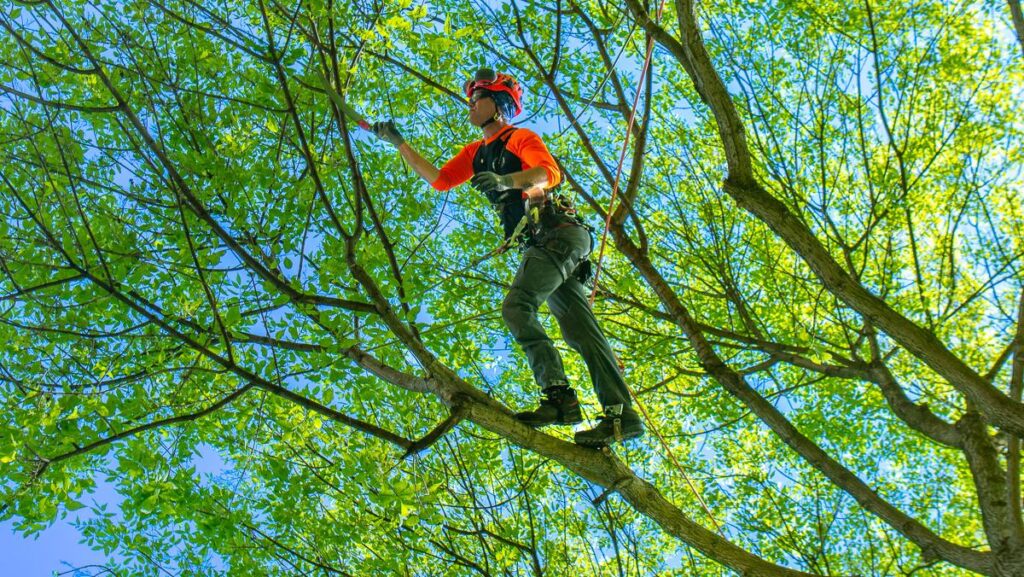
Tree Species and Health
The type of tree and its current health condition can significantly affect the pruning cost. Some tree species are more challenging to work with due to their specific growth patterns, wood density, or branching structure. Moreover, if a tree is diseased or infested with pests, additional precautions and specialized techniques may be required, which can increase the overall cost of the pruning service.
Location and Accessibility
The location of the trees and their accessibility also play a role in determining the cost of pruning. If the trees are located in a remote or hard-to-reach area, it may require additional effort and equipment for the arborists to access them safely. Similarly, if the pruning site has obstacles like buildings, power lines, or other structures, extra precautions and techniques may be necessary, adding to the overall expense.
Furthermore, the proximity of the trees to urban areas can also impact the cost. In densely populated cities, where space is limited and the demand for tree pruning services is high, the prices may be slightly higher due to the increased competition and overhead costs. On the other hand, if your property is located in a rural area with ample space and fewer service providers, the cost of tree pruning might be relatively lower.
Another factor to consider is the time of year when you schedule the pruning service. During the peak season, which is typically in the spring and summer, the demand for tree pruning is higher, and as a result, the prices may be slightly elevated. However, if you choose to have your trees pruned during the off-peak season, such as late fall or winter, you may be able to secure a more competitive rate as the demand tends to be lower.
It’s worth noting that the qualifications and experience of the tree pruning professionals can also influence the cost. Highly skilled and certified arborists who have extensive knowledge in tree care and pruning techniques may charge higher rates for their expertise. However, their expertise can ensure that the pruning is done correctly, promoting the health and longevity of your trees.
Average Cost of Tree Pruning Services
The cost of professional tree pruning services can vary widely depending on several factors. Prices may vary based on geographical location, the reputation of the service provider, and the extent of the pruning required. Generally, tree pruning costs can be charged based on the following two criteria:
Cost per Hour
Some tree pruning professionals charge an hourly rate, which typically ranges from $80 to $150 per hour. The hourly rate takes into account factors such as equipment usage, the complexity of the job, and the expertise of the arborist. However, this pricing method may not be applicable for significant pruning projects that require multiple days of work.
Cost per Tree
Another common pricing method is based on the number of trees that need pruning. The average cost per tree can range from $300 to $1,000, depending on various factors previously discussed, including the size, species, and health condition of the trees.
It’s important to note that additional factors can influence the cost of tree pruning services. For instance, the accessibility of the trees can impact pricing. Trees located in hard-to-reach areas may require specialized equipment or more labor-intensive methods, which can increase the overall cost of the service. Furthermore, the time of year can also play a role in pricing, as some tree pruning tasks are more challenging or time-consuming during certain seasons.
When hiring a tree pruning service, it’s recommended to request a detailed estimate that outlines all potential costs involved. This can help ensure transparency and prevent any unexpected expenses. Additionally, be sure to inquire about the qualifications and experience of the arborists who will be performing the pruning, as well as the specific techniques they plan to use. By gathering this information upfront, you can make an informed decision and select a tree pruning service that meets your needs and budget.
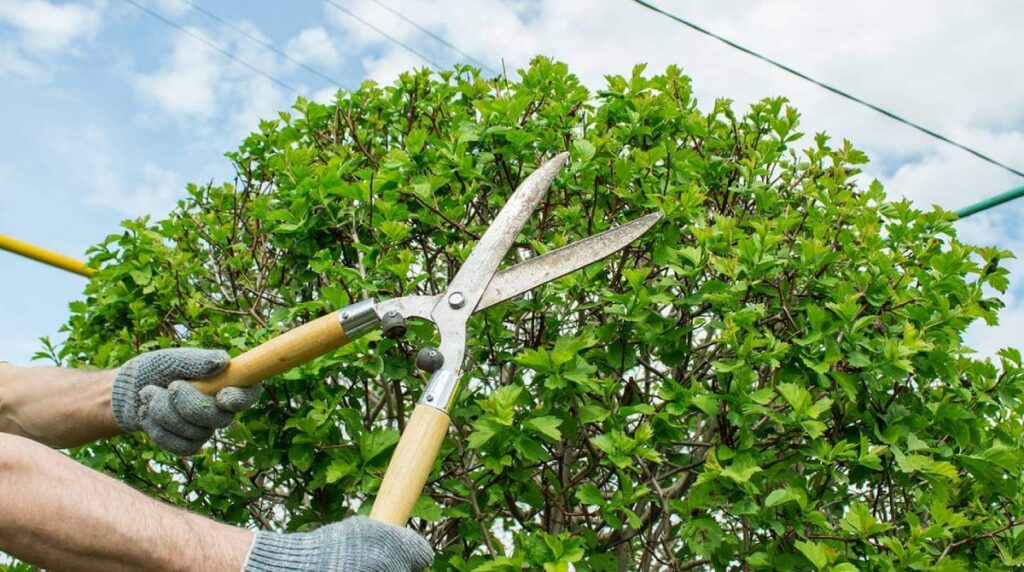
Additional Costs in Tree Pruning
When budgeting for tree pruning, it’s essential to consider any additional costs that may arise during the process. These costs are often specific to unique circumstances and can impact the overall expenditure.
One important factor to consider is the size and type of tree being pruned. Larger trees or those with dense foliage may require more time and effort to prune effectively, leading to potentially higher costs. Additionally, the location of the tree can also impact pricing, as trees near power lines or structures may require specialized equipment or techniques for safe pruning.
Emergency Tree Pruning
In situations where immediate action is required due to storm damage or hazardous tree conditions, emergency tree pruning may be necessary. Emergency services often carry a higher price tag due to their urgency and the additional risks involved. It’s crucial to consult with a professional arborist to assess the situation and determine if emergency tree pruning is needed.
Furthermore, the time of year can also affect the cost of tree pruning. For example, scheduling pruning during the off-peak season when arborists are less busy may result in lower prices compared to peak seasons when demand is high. Planning ahead and booking tree pruning services in advance can help mitigate potential cost increases.
Cost of Disposal and Cleanup
After the pruning is done, there will be a considerable amount of branches and debris to remove. While some tree pruning services include cleanup and disposal in their pricing, others may charge extra for this service. It’s important to clarify with the service provider whether cleanup and disposal costs are included or if they are additional charges.
Additionally, the method of disposal can impact pricing. Some tree pruning services may offer environmentally friendly disposal options, such as mulching the branches for reuse, which can incur additional costs. Understanding the disposal process and any associated fees can help avoid surprises in the final bill.
Hiring a Professional Tree Pruner
When it comes to tree pruning, hiring a professional arborist is highly recommended. A certified and experienced tree pruner has the necessary knowledge, skills, and equipment to ensure the job is done safely and effectively. Here are some reasons why hiring a professional is beneficial:
Benefits of Hiring a Professional
- Expertise: Professional arborists have in-depth knowledge of tree pruning techniques, ensuring that trees are pruned correctly without causing harm.
- Safety: Tree pruning can involve working at heights and using specialized equipment. Professionals are trained to handle these tasks safely, minimizing risks to themselves and the property.
- Insurance: Reputable tree pruning services usually carry liability insurance, protecting you from any potential damages or injuries that may occur during the pruning process.
- Tree Health and Aesthetics: Professional tree pruning enhances tree health, longevity, and aesthetics. With their expertise, arborists can shape trees in a way that brings out their natural beauty.
What to Look for in a Tree Pruning Service
When hiring a professional tree pruning service, it’s important to consider several factors to ensure you choose the right provider for the job. Some factors to consider include:
- Experience and Credentials: Look for a tree pruning service with experienced and certified arborists who adhere to industry standards.
- Reputation and Reviews: Read reviews and testimonials from previous clients to get an idea of the service provider’s reputation and customer satisfaction.
- Cost Estimates: Request detailed cost estimates from multiple service providers to compare prices and services offered.
- Licensing and Insurance: Ensure that the tree pruning service holds the necessary licensing and insurance coverage to protect you and your property.
Now that you have a better understanding of the factors that influence the cost of professional tree pruning services, you can make an informed decision and budget accordingly. Remember, investing in proper tree pruning not only enhances the beauty of your landscape but also ensures the health and safety of your beloved trees.
More to read: The Strategic Advantage of a Commercial Buyers Agent
